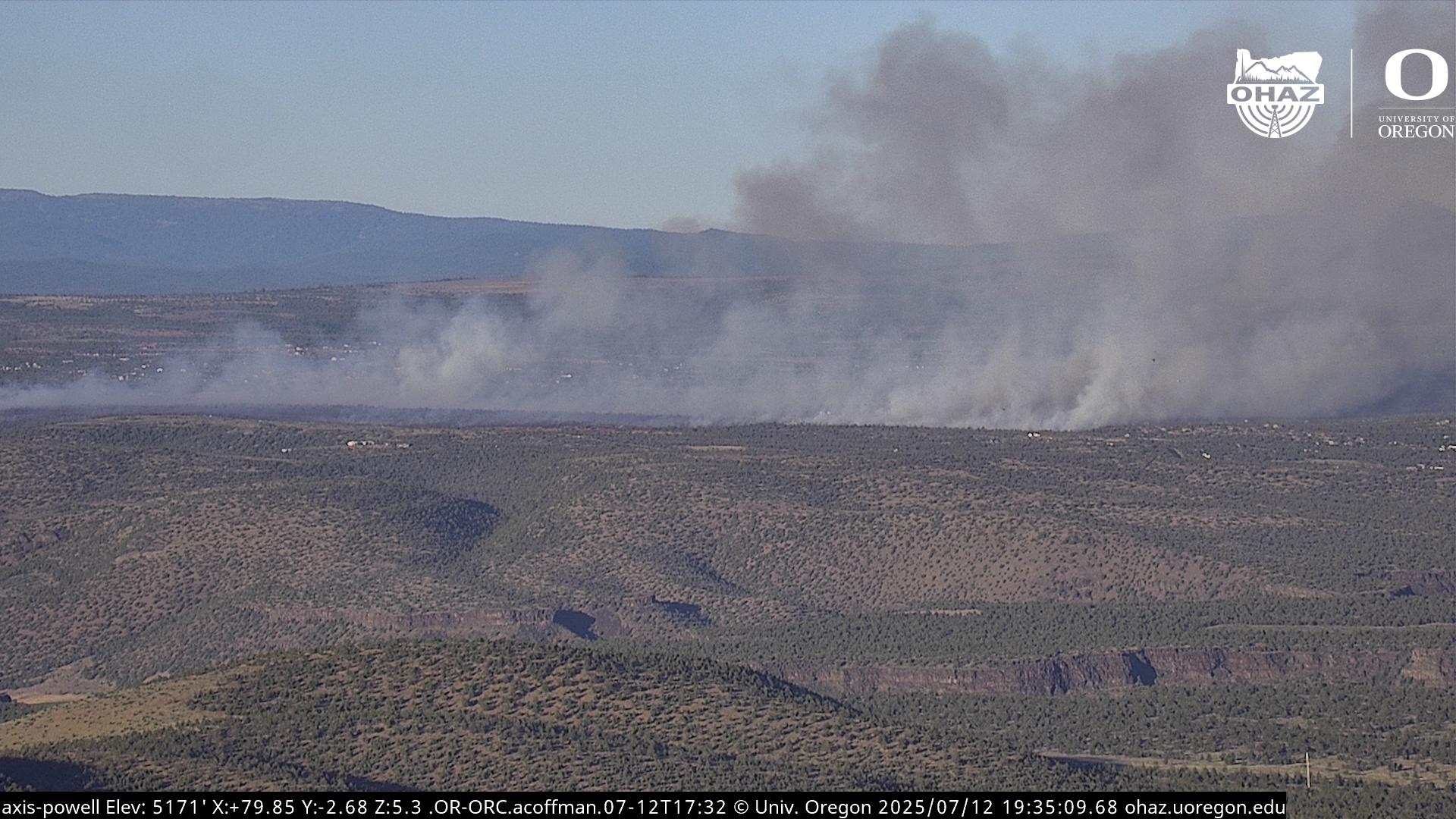Former athlete fights for site’s history
Published 12:00 am Sunday, April 1, 2018
A South Eugene High School graduate and running aficionado wants to throw a hurdle in front of the University of Oregon’s plan to demolish Hayward Field’s iconic East Grandstand.
And he has a plan to do it: designate the UO structure an official Eugene City Landmark.
Trending
Bob Penny admits his plan to preserve the 93-year-old grandstand from being razed before the 2021 World Outdoor Track & Field Championships is flawed. Under Eugene code, only the owner of a property, the city’s planning director or the City Council can nominate a property for historic status. And designating the grandstand a city landmark would merely throw up obstacles for the UO to clear before demolishing it, instead of preserving it outright.
Penny, who attended the UO in the late 1970s, says he’s undeterred. He filed a historic designation application with the city on March 23 after reading in The Register-Guard about the university’s plan to demolish the grandstand.
More than 30 pages, Penny’s application details the history of the grandstand, chronicles the intermittent renovation and repair work done to the structure over nine decades and even provides short narratives of the important people and events that helped build Hayward Field’s prestige.
Much will change at Hayward Field over the next few years as the UO prepares for the World Championships. The UO is set to unveil its plan for the Hayward Field renovation next month, then tentatively start construction in July. The work is expected to continue through the 2019 and wrap up by April 2020.
A residential remodeler in the Bellingham, Washington, area, Penny said he has worked on several large restoration projects of historic properties, including the dismantling and rebuilding of a 140-foot-long barn in the Coburg area when he was in college and several projects in Washington.
“I have a pretty good knowledge of what it takes to restore a building,” Penny, 58, said. “The case for tearing down the grandstands is almost nonexistent. It doesn’t hold water by any standard except the standard of, ‘We just want to build something new.’”
Trending
A plan released by the UO in 2015 called for preserving elements of the East Grandstand in the Hayward Field redesign, which aims to nearly triple seating in the stadium from its listed capacity of 10,500, to as many as 30,000 permanent and temporary seats for the World Championships.
But the UO has since quietly scrapped the plan to preserve the East Grandstand, citing its age and the presence of dry rot throughout the wooden structure.
“There are a variety of safety concerns with the structure,” UO spokesman Tobin Klinger wrote in an email. “It lacks seismic reinforcement and it is not ADA compliant. Moving to a new design allows us to address many of those issues and build a world-class venue for our track athletes and the fan experience.”
Oregon track fans have voiced their displeasure with the closed-door nature of the Hayward renovation discussions, with one local resident starting a petition on change.org to stop demolition plans at Hayward Field. The plans include removing the Bowerman Building at the north end of the stadium. More than 400 people had signed the petition as of Friday.
Penny said a city landmark designation likely wouldn’t prevent the UO from doing what it wants with the grandstand. City landmark properties can be demolished, but the process for doing so is overseen by the city’s Historic Review Board.
The owner must first seek offers to buy the property, then submit a historic property mitigation report to the city and go through an application process that gives the public a chance to submit comments, before the city planning director makes a decision.
A historic property owner can also apply with the planning director to remove the historic landmark status.
Penny says he’d like to see his historic designation proposal rally public support for preserving the East Grandstand.
He considered petitioning to place the structure on the National Register of Historic Places, but opted for the faster city process.
“Part of this is to try to create a nucleus of concern that’s crystallized in a clear way, rather than just a diverse discussion; something where the public can exert pressure against the state Department of Education, which owns the building and can do the right thing,” he said.
UO structures designated as Eugene City Landmarks today include Pioneer Cemetery, UO’s administration building, Johnson Hall and the college’s two oldest buildings, Deady and Villard halls.
Though Penny said his historic designation bid can’t advance because he doesn’t own the property, he forwarded the application to someone who potentially could pursue it: City Councilor Alan Zelenka, whose ward includes the university area. Zelenka could theoretically make the same proposal at a future council meeting and try to generate support for it, Penny said.
Reached Friday, Zelenka said he hadn’t had a chance to read Penny’s application but added that “it would be a real shame” to see the grandstand demolished.
Penny said he ran his first race in Hayward Field as a 5-year-old and later ran there as part of a record-holding relay team during his junior year at South Eugene High School. He said he’s not dropping the grandstand issue, even if the effort won’t save the structure.
“I’ve dived into this process with both feet,” Penny said. “I suppose (the UO) will probably end up doing what they can do, but I’d request they take the sign that says Historic Hayward Field off the marquee, because they will have removed the final built structure relating to (UO track and field coach) Bill Hayward from that historic period from the site. There won’t be any historic structures on the site after that.”








